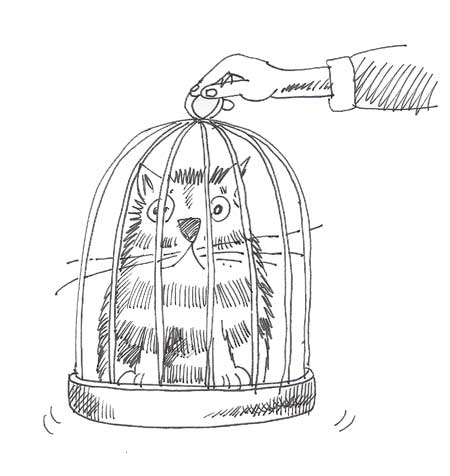|
|
Cats become Canaries |
A mysterious epidemic of thyroid disease among pet cats in the US may be linked to exposure to dust from flame retardants in household carpeting, furniture, fabrics and pet food.
Click here for more research on chemical sensitivity First Published in 2007 |













